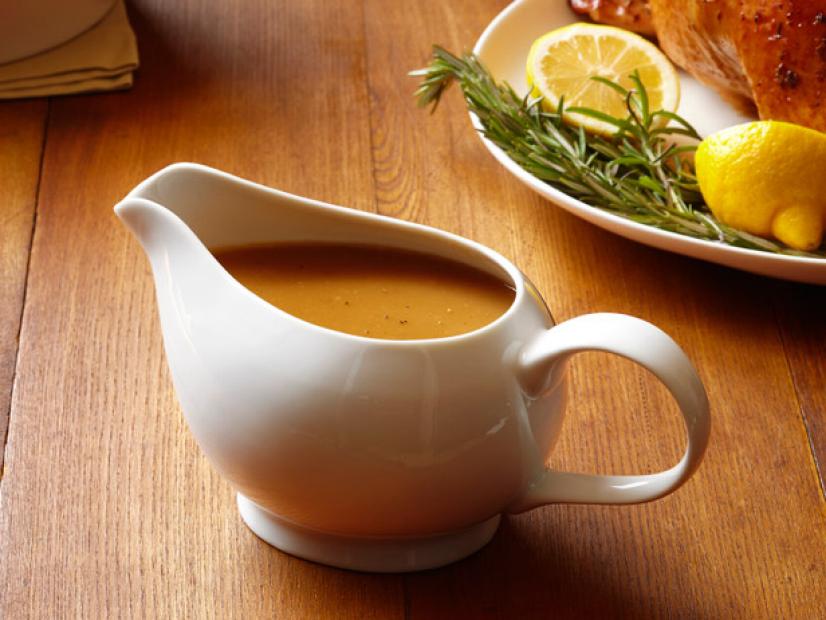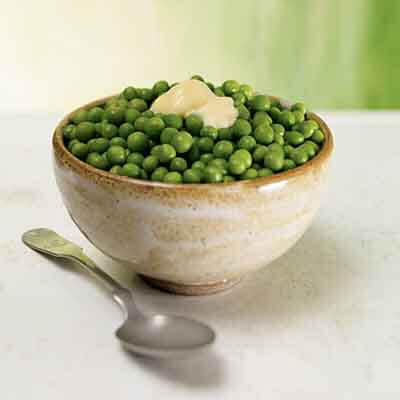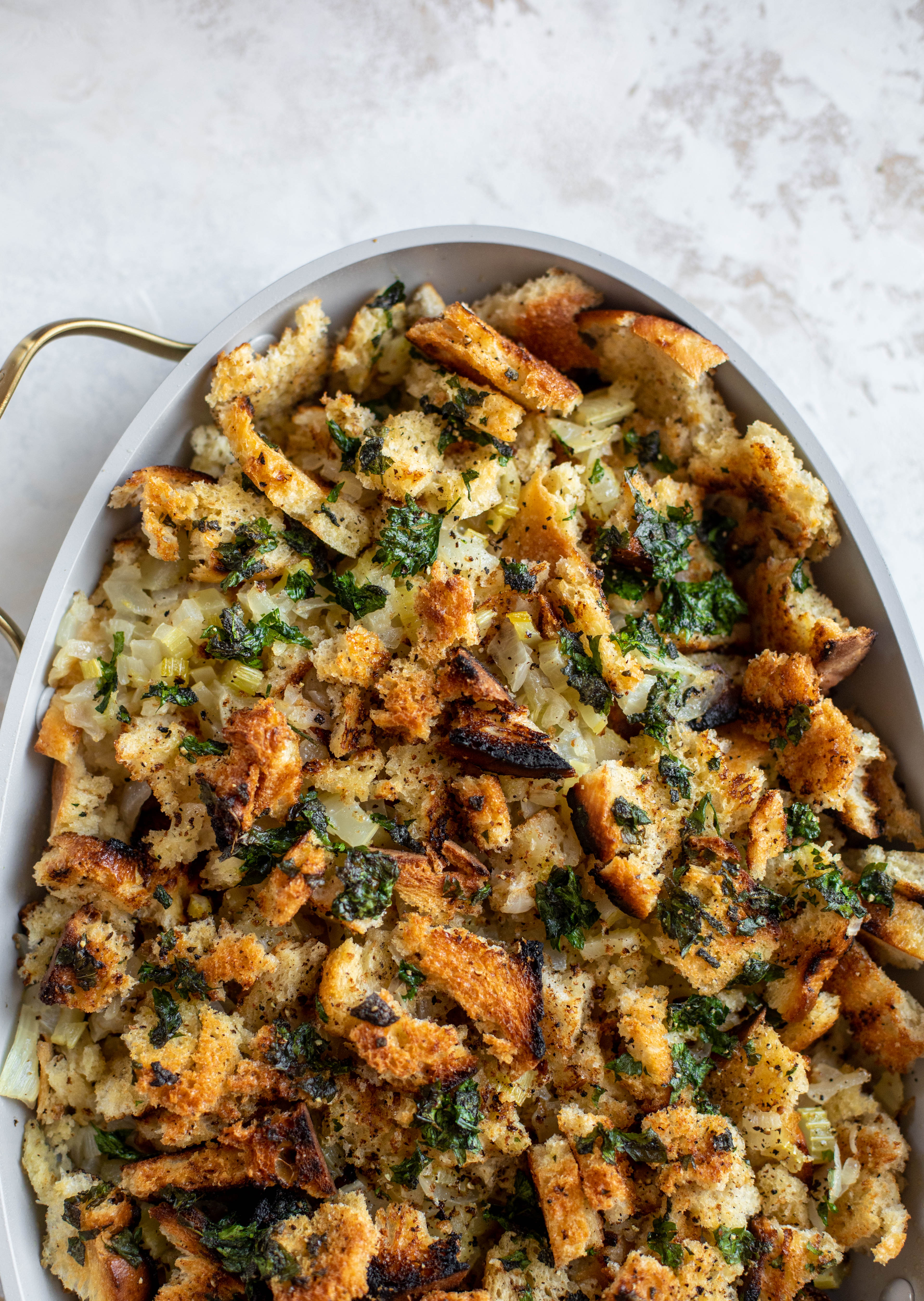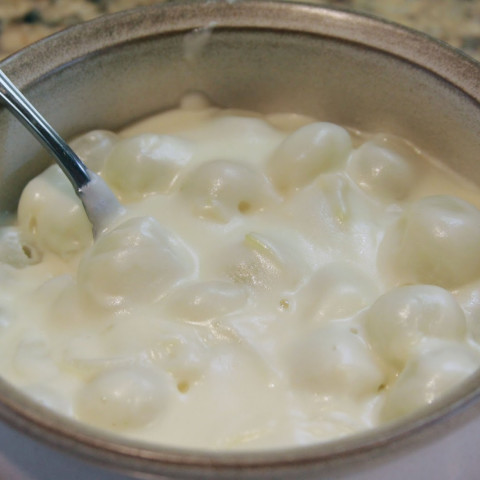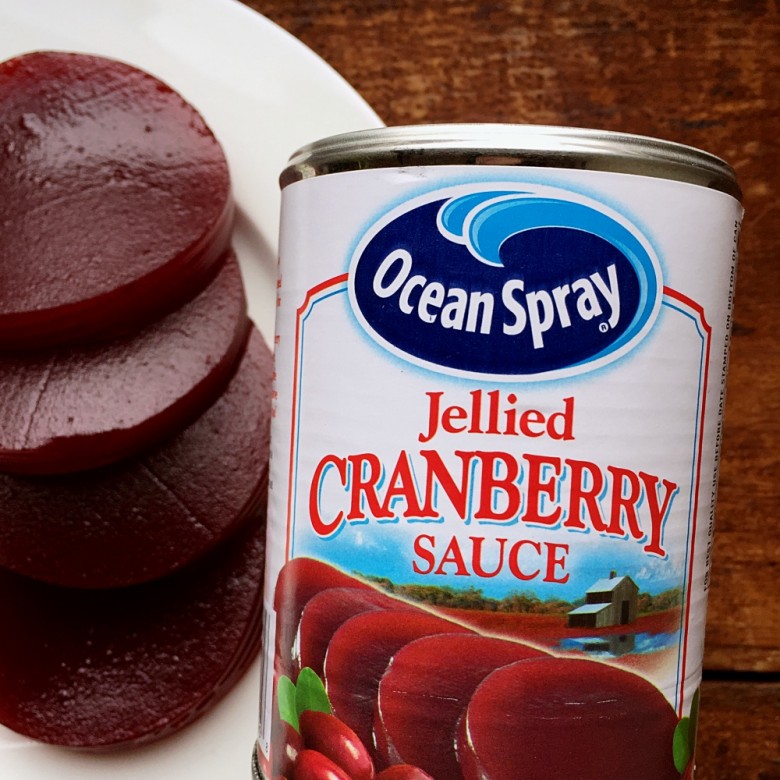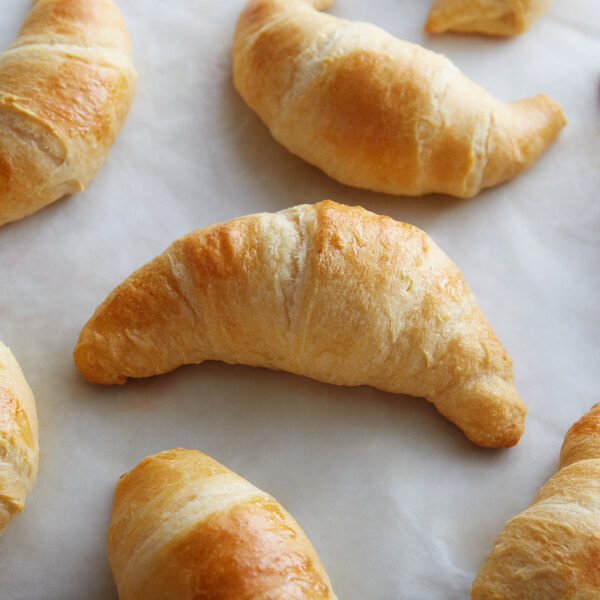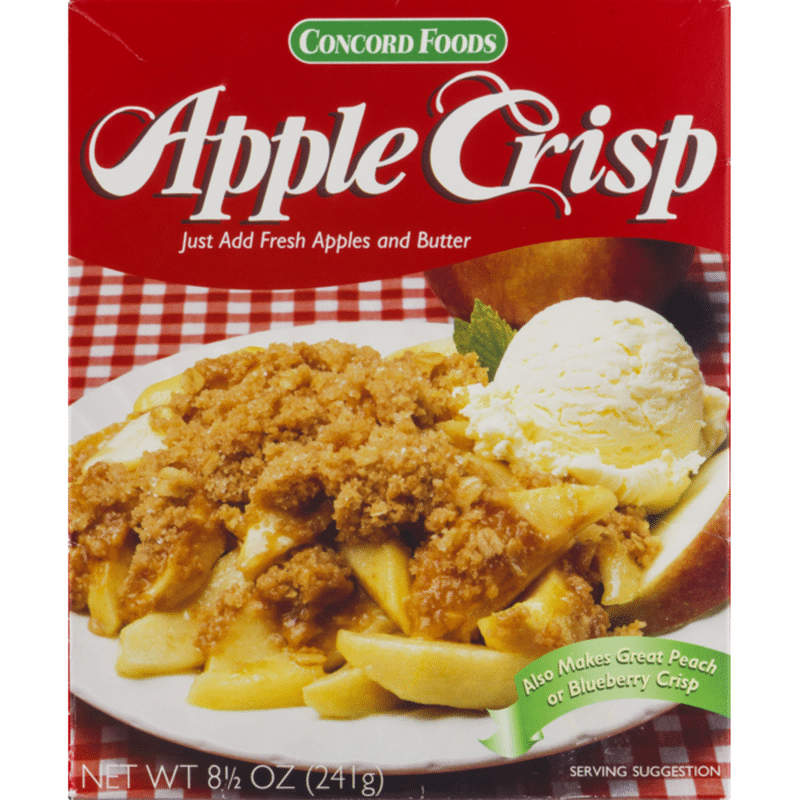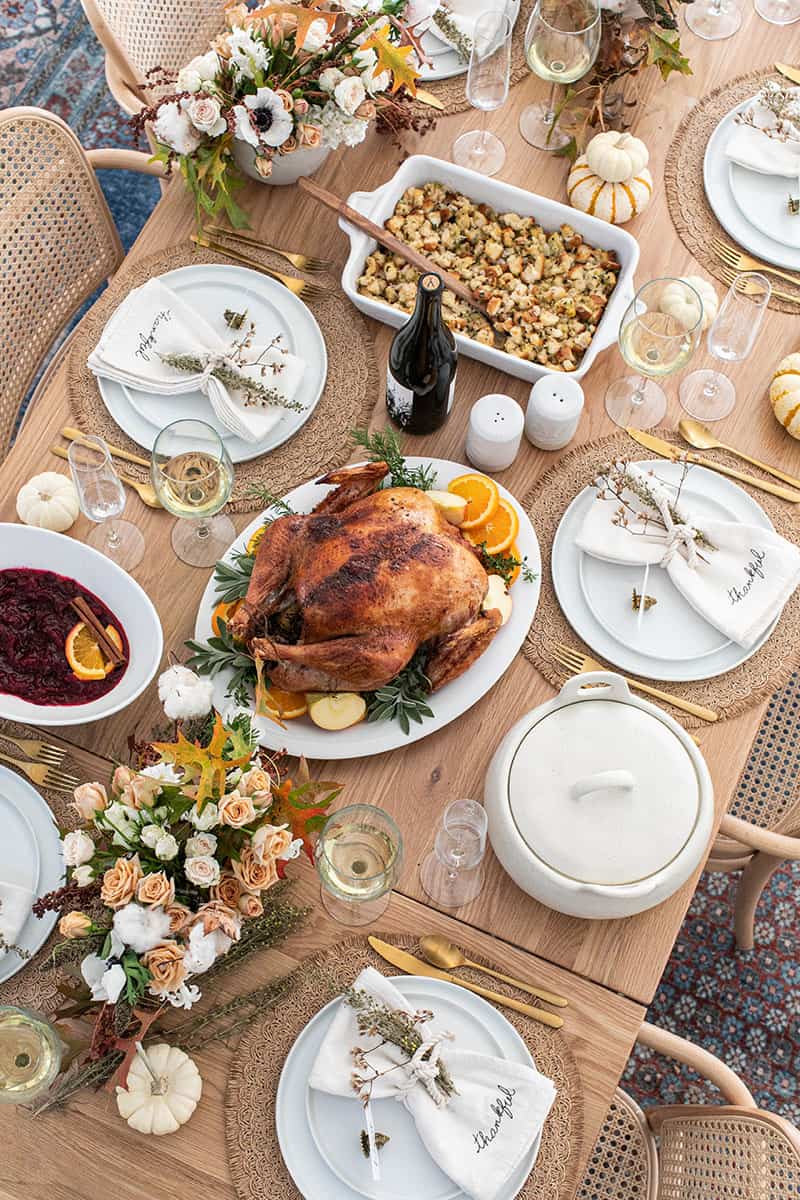My husband and I both love to cook, so every holiday meal is a discussion of who's cooking this time, with two exceptions: My husband always gets Easter (he's the master of every kind of lamb dish), and I get Thanksgiving. There's something about those predictable, traditional, comfort foods and the process of organizing the cooking for a beautifully coordinated Thanksgiving meal that really appeals to me.
After many years of coordinating Thanksgiving dinners, I've developed a pretty foolproof system and a bunch of never-fail recipes. So if you are slightly intimidated by making your first (or your twenty-seventh) Thanksgiving meal, here is a walk-through of my preparations that you may find helpful!
1. The first thing to do is to put together your menu. Do you want sweet potatoes or squash? Green bean casserole or mashed turnips? Parker House rolls or croissants? Pumpkin pie, apple pie, or both? (Hint: The answer is always both.) Once you've decided what dishes you want to make, gather all your recipes. If you're willing to be flexible, you may want to start thumbing through recipes before you choose your menu. Here's what on my menu this year:
- Spatchcocked, dry brined turkey
- Mashed potatoes
- Gravy
- Crispy rosemary sweet potatoes
- Green peas
- Bread dressing
- Creamed onions
- Jellied cranberry sauce
- Crescent rolls
- Pumpkin pie
- Apple crisp
- A heavy pair of shears is more important than a sharp pair. Contrary to this video, I find that plain, straight-bladed kitchen shears work just fine. I just use an old pair so my good shears stay sharp.
- Standing on a stepstool so you can put your weight into it is a big help.
- It takes a surprising amount of force to break the breast bone, so really listen for that crack. If you're a small person, feel free to recruit a larger person to give you a hand with this step.
- If you buy a frozen turkey, be sure to move it into the refrigerator 4-5 days before you cook it. Don't worry if there are still a few ice crystals in the center; once you spatchcock it and leave it in the fridge overnight it will thaw faster and be ready for cooking in the morning.
- Tuck the tips of the bird's wings under the thighs, and check periodically while cooking to make sure they don't burn. You can cover them with little caps made out of foil if they start to get too dark.
- Don't rely on those pop-up indicators that come with the turkey; it's worth investing in a quick-read thermometer and checking the actual temperature.
1. Peel the potatoes and cut into ~1" chunks. Place in a large pot and cover with water, then add 1/2 teaspoon salt.
2. Bring the water to a boil and simmer potatoes for 15-20 minutes, until fork tender. The smaller the chunks, the faster they will cook.
3. Drain the water, add milk and butter, and mash until creamy. Add more milk if needed for desired consistency. (Potatoes will thicken as they stand.) Add salt and pepper to taste.
Pro tips:
- The size of the chunks of potato is less important than all the chunks being the same size.
- The potato chunks can soak in the salted water for several hours or even overnight if you prefer to prepare them ahead of time.
- To keep warm until ready to serve, initially add a scant amount of milk, tightly cover the pot you cook and mash them in, then heat some additional milk and add it to the potatoes right before serving. You can also keep them warm in a crock pot or Instant Pot. (You can also cook the potatoes in either one.)
- For a vegetarian/vegan/non-dairy version, substitute margarine for butter and vegetable stock for milk. Adding a bit of poultry seasoning helps the flavor as well.
- If you accidentally add too much liquid, add a spoonful of instant potato flakes and mix well. If potatoes seem too dry when you're ready to serve, heat a small amount of milk and stir in.
- When selecting your sweet potatoes, look for potatoes that are long and cylindrical and about the same diameter. When you arrange the slices, use the slices that are most similar in size for the outside circle in the dish, then make a "coil" in the center going from largest to smallest of the remaining slices.
- You can use a kitchen mandolin to slice the sweet potatoes extra thinly, just be careful not to let them burn during the final browning step. If slicing by hand, be sure to cut slices of a uniform thickness. The thinner the slices, the crispier the result.
- If using fresh rosemary, save a few sprigs as a garnish when serving.
- You can cook the dish for the first hour the night before and refrigerate overnight, then allow to come to room temperature before cooking for the final 10-15 minutes at 450. You can also cook for the first hour before the turkey goes in and allow to set at room temperature for the 1-1/2 hours while the turkey cooks, then finish cooking at 450.
- If you prefer a firmer stuffing, let the bread air dry for a few hours after you cube it.
- If you have fresh herbs on hand, toss some in with the dressing and garnish the serving dish with a few sprigs.
- For a vegetarian/vegan version, substitute margarine for butter and vegetable broth for milk.
- This dressing keeps well in the fridge and reheats very nicely, so it's a good dish to make the night (or even a few days) before to lighten your workload on Thanksgiving Day.
- Make sure to cook the roux until it begins to turn golden. This gives a richer flavor, instead of tasting like uncooked flour.
- You can use the liquid from the onions instead of water to mix with the milk. You can also substitute half and half or heavy cream if you like a richer sauce.
- The longer you cook the sauce, the thicker it will get. If you decide it's too thick, simply add a bit more water and/or milk.
- This dish is a good one to make ahead of time and simply reheat before serving. It reheats well in the microwave if you're short on burners, just stir it a few times while heating.
- To avoid the bottom of the crust bubbling up while pre-baking, be sure to pierce all the way down to the pan. You can also cover the pastry with foil and fill the pan with oven-safe marbles or pie weights. Check the crust partway through baking and poke down any areas that have bubbled up.
- This recipe makes too much filling for all but a VERY deep "deep crust" pan. I pour the excess into ramekins, set them in a square baking dish and fill the dish with hot water to a little below the level of the filling. Bake alongside the pie (baking time should be similar to the pie but check them in case it varies for you). Remove from the hot water bath immediately (a metal spatula works well) and allow to cool on a wire rack. My crust-hating daughter much prefers "pumpkin custard" to actual pumpkin pie.
- If using a lightweight or disposable pie plate, put the pie on a cookie sheet while baking to help support it.
- For a nice variation, use a graham cracker or gingersnap crust.





